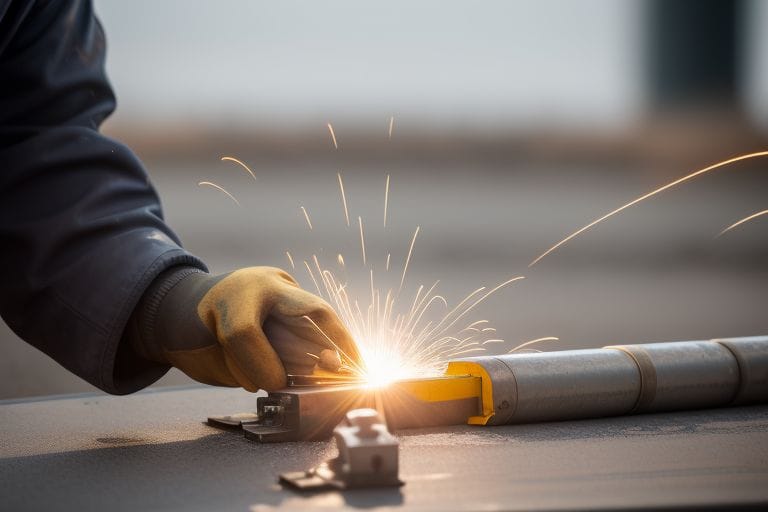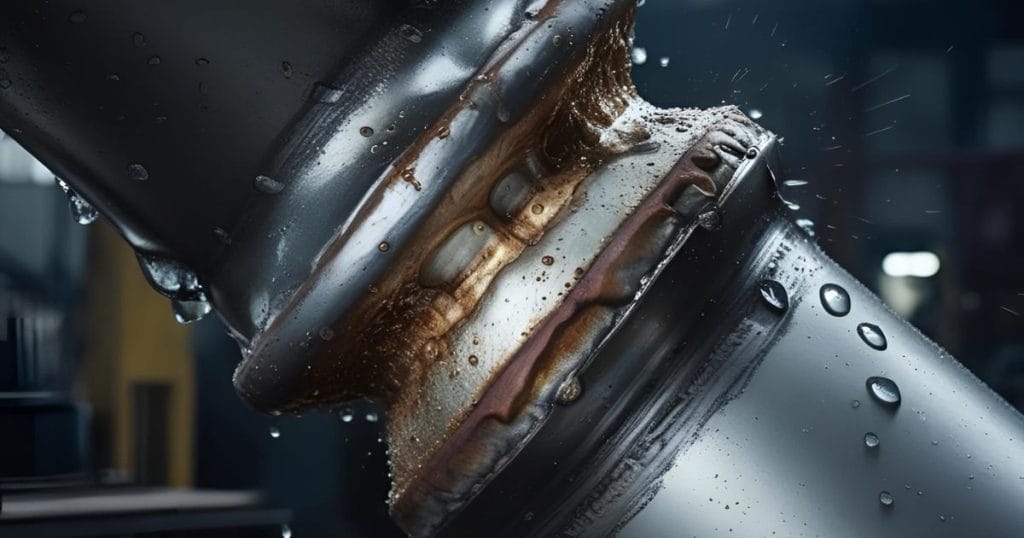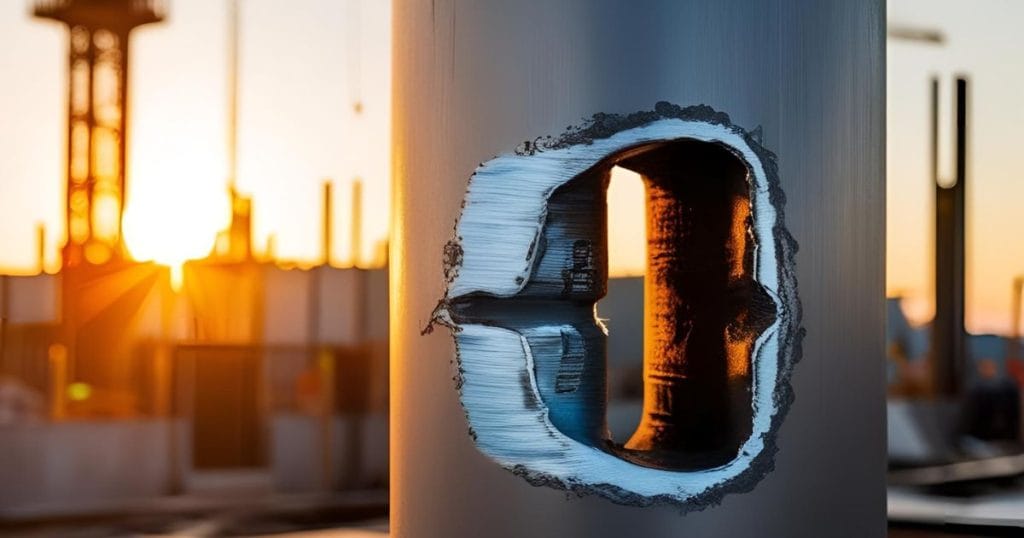Auto clickers on iPhone and iPad have improved game-play experiences, especially while playing Roblox. Free software programs are available that simulate continuous clicks on the phone screen. Whether for iPhone auto clickers or there are auto clickers for iPads, either way, these are easy to use and get the job done.
Common welding problems in Ontario arise from exposure to harmful substances during welding operations. Arc welding is widely used but involves the hazard of generating fumes and gases that are especially pertinent in mild steel welding. Ventilation is critical in controlling exposure to welding fumes; when the airflow is poor, the health risk to workers from carcinogenic exposure increases. According to the IARC, certain welding fume exposures are categorically carcinogenic; hence, good controls should be exercised.

Cracking: A Persistent Threat in Ontario’s Variable Climate
Cracks in welds—icy cracks—are a major concern due to Ontario’s fluctuating temperatures and high humidity. These cracks can appear hours or even days after the weld is completed, compromising structural integrity.
Causes:
- Hydrogen embrittlement from moisture
- Improper preheating and post-weld cooling
- High residual stresses
- Use of incompatible base metals or filler
Solutions:
- Preheat high-strength steels to the recommended temperature
- Use low-hydrogen electrodes (e.g., E7018) and store them in a heated oven
- Apply controlled cooling using insulating blankets
- Use compatible filler materials matching base metal chemistry
- Follow proper joint design to reduce stress concentration
Porosity: Moisture and Contaminants Undermining Welds

Porosity weakens welds internally, leading to potential leaks and joint failures. This is common during Ontario’s wetter months, especially in outdoor welding operations.
Causes:
- Contaminated base metals (rust, oil, paint)
- Atmospheric moisture or rain during welding
- Improper shielding gas coverage
- Faulty electrode storage
Solutions:
- Thoroughly clean all surfaces with a wire brush or solvent before welding
- Avoid welding during rain or cover the work area adequately
- Inspect and maintain gas lines for leaks; use 100% CO₂ or Argon/CO₂ mixtures for better shielding
- Store electrodes in dry, temperature-controlled environments
Undercutting: A Hidden Weak Point in Load-Bearing Structures

Undercutting results in a groove at the weld toe, reducing fatigue resistance and load-bearing capacity.
Causes:
- Excessively high welding current
- Incorrect electrode angle
- Rapid travel speed
- Poor technique during vertical or overhead welding
Solutions:
- Maintain optimal amperage as per electrode specifications
- Use 5–15° work angles for flat welds, adjusted for vertical or overhead positions
- Apply weaving techniques to ensure proper bead profile
- Perform visual inspections and grind smooth if minor undercutting occurs
Incomplete Fusion and Penetration: Weak Weld Joints in Structural Steel
These flaws are especially dangerous in structural applications common in Ontario’s commercial construction.
Causes:
- Low heat input
- Improper joint preparation or fit-up
- Wrong electrode choice or position
- Contaminants on the base metal
Solutions:
- Ensure correct joint geometry (groove angle, root face)
- Increase voltage or reduce travel speed for deeper penetration
- Select a suitable electrode for the material and position (e.g., E7018 for out-of-position)
- Clean the base metal thoroughly before welding
Spatter: Aesthetic and Structural Concern in MIG Welding
Spatter not only affects weld appearance but can also lead to post-weld cleanup delays and potential surface defects.
Causes:
- Excessive voltage or current
- Poor gas flow or dirty nozzles
- Incorrect wire feed speed
- Use of CO₂-only shielding gas
Solutions:
- Fine-tune voltage and wire feed rate based on material thickness
- Clean and replace nozzles regularly
- Use anti-spatter spray or gel
- Switch to mixed shielding gases like 75/25 Argon/CO₂ for cleaner welds
Arc Blow: Distortion and Deflection in DC Welding
Arc blow causes erratic arc behavior, leading to uneven welds and reduced penetration, particularly problematic in corner joints and pipe welds.
Causes:
- Magnetic fields in the base material
- Improper ground placement
- Long arc lengths
Solutions:
- Use AC where possible to reduce magnetic influence
- Place the ground clamp directly on the workpiece and near the weld zone
- Shorten the arc length and reduce the current
Weather-Driven Welding Defects in Ontario
Ontario welders contend with drastic seasonal changes. Sub-zero winters and humid summers create challenges that amplify defects.
Recommended Seasonal Practices:
- Winter: Preheat metal and maintain a consistent ambient temperature in the weld area using heaters or enclosures.
- Summer: Shield the welding area from direct sunlight to prevent shielding gas dissipation and rapid cooling.
Preventative Maintenance and Inspection Routines
It is important to follow inspection and maintenance schedules that are scheduled and routine for welders and iron workers to use throughout the year. For the area of welding, the application of proper coating and engineering control strategies will help in minimizing the exposure to fumes and hexavalent chromium, which is considered a carcinogen in humans. This section also calls for regular inspections of local exhaust ventilation systems to maintain satisfactory ventilation conditions.
Solid particles and silica expose welders to lung function problems. Occupational use of respiratory protective devices is very important in attaining an occupational exposure limit. It would also be a good idea to look up the Safety Data Sheets (SDSs) associated with the filler metal and other materials to better understand the associated risks.
Long-term thermal stress from visible light and infrared radiation can also bring chronic health problems, from ocular melanoma to higher chances of lung cancer incidence. Effective preventive maintenance, therefore, guarantees that all safety measures are up to date to keep workers safe from hazardous materials.
Welding Codes and Compliance in Ontario
Adherence to provincial and national standards is essential for safety and legal compliance.
Key References:
- CSA W59 – Welded Steel Construction
- CSA W47.1 – Certification of Companies for Fusion Welding
- Ontario Building Code – Structural steel welding requirements
Final Thoughts: Delivering Reliable Welds Across Ontario
By understanding and proactively addressing common welding problems, professionals across Ontario can ensure the longevity, safety, and performance of their welded structures. Combining proper technique, environmental awareness, and adherence to standards will significantly reduce failures and rework, saving time and resources.
For expert mobile welding services across Ontario that prioritize quality and compliance, contact a certified team equipped to handle diverse projects under challenging conditions.